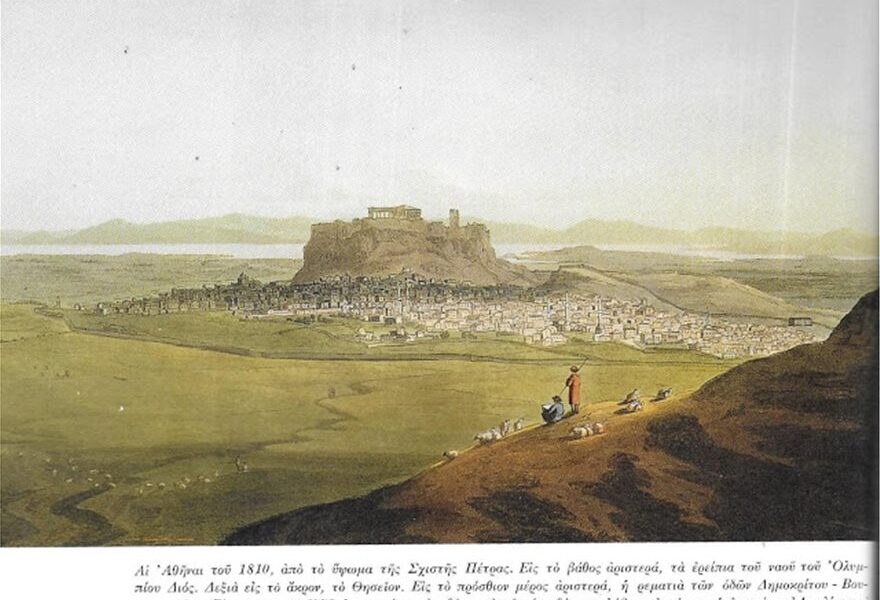It was September 18, 1834, when by decree of Otto's regency, Athens was declared the capital of the young Greek state.
The title of capital was claimed by other cities such as Argos, Corinth, Piraeus, as well as Nafplio, the hitherto capital of the country.
The reasons that led Athens to finally being chosen have to do with its glorious history as the cradle of ancient Greek culture, while the decision was probably influenced by the King of Bavaria, Ludwig, who was a well-known archaeologist and lover of ancient Greece.
The residents, who at that time did not exceed 7,000 people, celebrated the event. Athens was then a "big village" of 400 houses that looked like shacks. Around Athens there were large fields which were used for cultivation or pastures. At the same time, the population of Patras amounted to 15,000 inhabitants, while Thessaloniki (still under Ottoman rule) was 60,000.
Athens extended around the Acropolis (approximately from Psyrri to Makrigiannis), having as its center the area of Plaka (the Old Town).
One of the big problems of the new capital was the water supply system as well as the absence of public lighting and transport, while there was a complete lack of services or other social goods.
Greek architect Cleanthes and the Bavarians Schubert and Leo von Klenze were commissioned to rebuild the destroyed Athens with a strict order not to touch the archeological sites.
As the capital of the new Greek state and the center of political developments, Athens was a place of landmark events in modern Greek history. In the following decades, Athens was rebuilt according to the standards of a modern city.
The founding of the University of Athens three years later in 1837 helped transform Athens from a town to a city with European standards.
The next great expansion of the city was in 1923 after the Asia Minor catastrophe where many neighborhoods were created, mostly anarchically, by refugees from Asia Minor.

